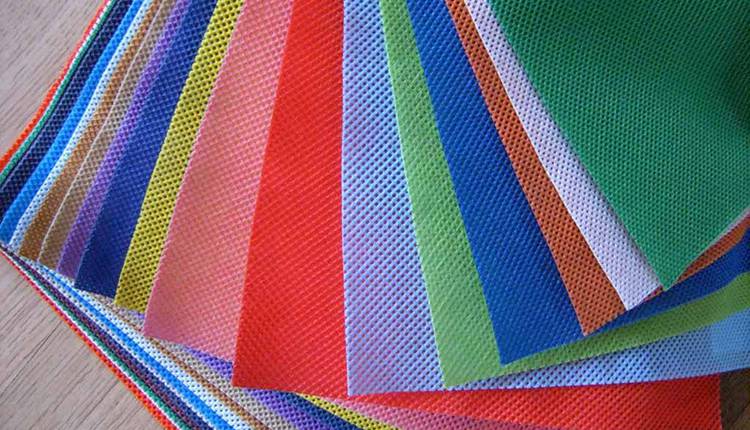New Polypropylene Nonwoven Fabric Aims to Push the Limits of Consumer Safety
Polypropylene is the world’s leading raw material used for manufacturing nonwoven fabrics. They account for 47.4% of the total volume of the nonwovens market in because of their use in diapers, feminine care, medical products, and hygiene products. But why is propylene so popular in the nonwovens market? Let’s find out!
Reasons for the Wide Use of Propylene:
- It offers flexibility
- It is lightweight
- It comes with insulation properties
- It has excellent moisture resistance
- It has high-temperature resistance
- It offers moderate strength and stability
The current hygiene market challenges and the high level of consumer needs have pushed the entire hygiene industry to accelerate their development programs and deploy highly innovative solutions. This is where Sabic, a Dutch firm comes into play.
They have developed a new, ultra-high, melt flow polypropylene for lightweight breathable nonwoven fabrics for personal hygiene applications. Named as PP 514M12, this new product can serve a wide range of potential end-uses in personal hygiene applications and other market segments. It is the first grade of a new family of high-flow resin compounds.
The new innovative polypropylene product for melt-blown fibers offers advanced material solutions to help manufacturers to push the limits of consumer, convenience, sustainability and cost control. The material is based on phthalate-free and odor-free technology that offers very good processability for melt-blown fibers with high levels of drawability, spinnability and uniformity. They are developed to combine high barrier properties and absorption with breathability in thin and lightweight high-performance webs . Beyond single-material and composite nonwovens, it can also lend itself as a base resin for colored masterbatches.
Polypropylene offers many excellent characteristics that make it the perfect choice for nonwoven fabrics and with new innovations we can only expect superior performance, enhanced conformability and reduced material consumption.
Leave a Reply Cancel reply
Recent Posts
- Understanding The Materials That Are Used To Build Plastic Toys
- All You Need To Know About Food-grade Plastics
- A Glance At The Materials That Boost The Performance Of Plastics
- Understanding The Importance Of Exploring New Business Opportunities In The Plastic Industry
- Understanding The Importance Of Investing in R&D For The Plastic Industry
Categories
- 3D Printing
- AIPMA
- Automation
- Automobile Sector
- Bio Plastics
- Environment
- Innovations In Recycling
- Latest Innovations
- Molds & Dies
- News
- Packaging Industry
- Plastic
- Plastic Application
- Plastic Industry
- Plastic Market
- Plastic Myths
- Plastic News From The World
- Plastic Packaging
- Plastic Products
- Plastic Recycling
- Plastic Solar Cells
- Plastic Toys
- Plastic Waste
- Plastic World
- Plastics
- Plastics And Their Applications
- Plastics In Agriculture
- Plastics In Healthcare
- Plastics In Medical Industry
- Plasticulture
- Processing Machinery
- Recycling Machines
- Robotics
- Uncategorized
- Virtual Reality
Archives
- November 2023 (3)
- October 2023 (2)
- September 2023 (3)
- August 2023 (3)
- July 2023 (3)
- June 2023 (3)
- May 2023 (2)
- April 2023 (2)
- March 2023 (2)
- February 2023 (2)
- January 2023 (2)
- December 2022 (3)
- November 2022 (1)
- October 2022 (1)
- September 2022 (2)
- August 2022 (1)
- July 2022 (3)
- May 2022 (3)
- March 2022 (2)
- February 2022 (1)
- January 2022 (1)
- September 2021 (2)
- August 2021 (3)
- July 2021 (4)
- June 2021 (4)
- May 2021 (3)
- April 2021 (2)
- March 2021 (4)
- November 2019 (8)
- October 2019 (8)
- September 2019 (8)
- August 2019 (8)
- July 2019 (8)
- June 2019 (8)
- May 2019 (8)
- April 2019 (8)
- March 2019 (8)
- February 2019 (11)
- January 2019 (8)
- December 2018 (8)
- November 2018 (12)
- October 2018 (12)

